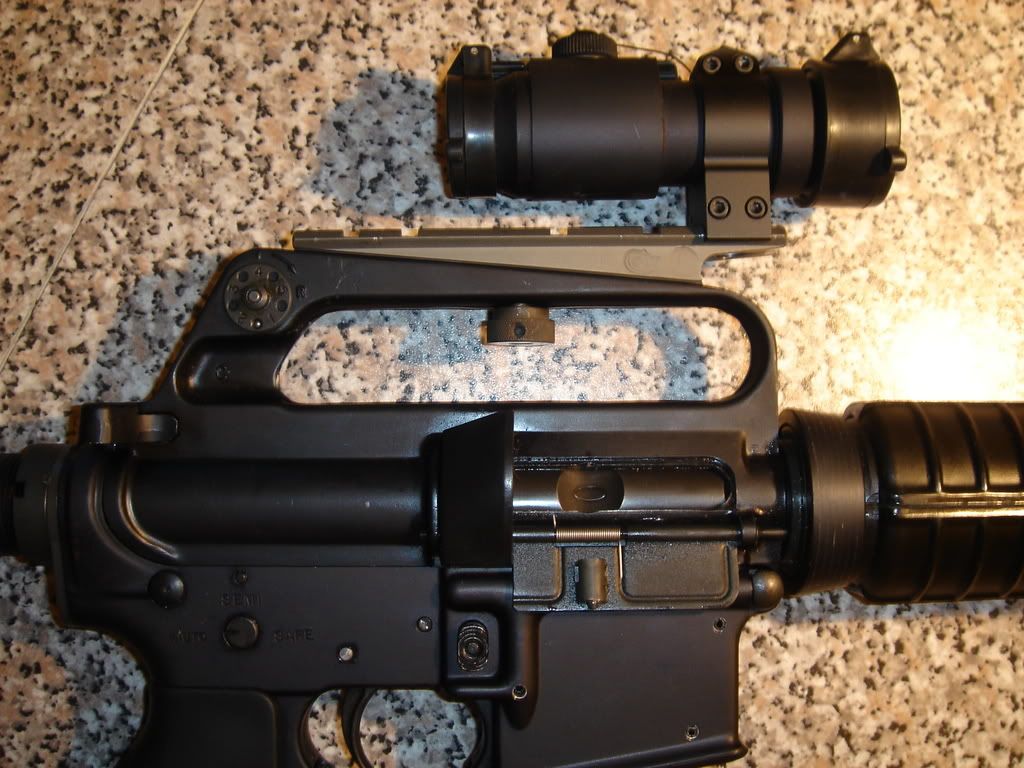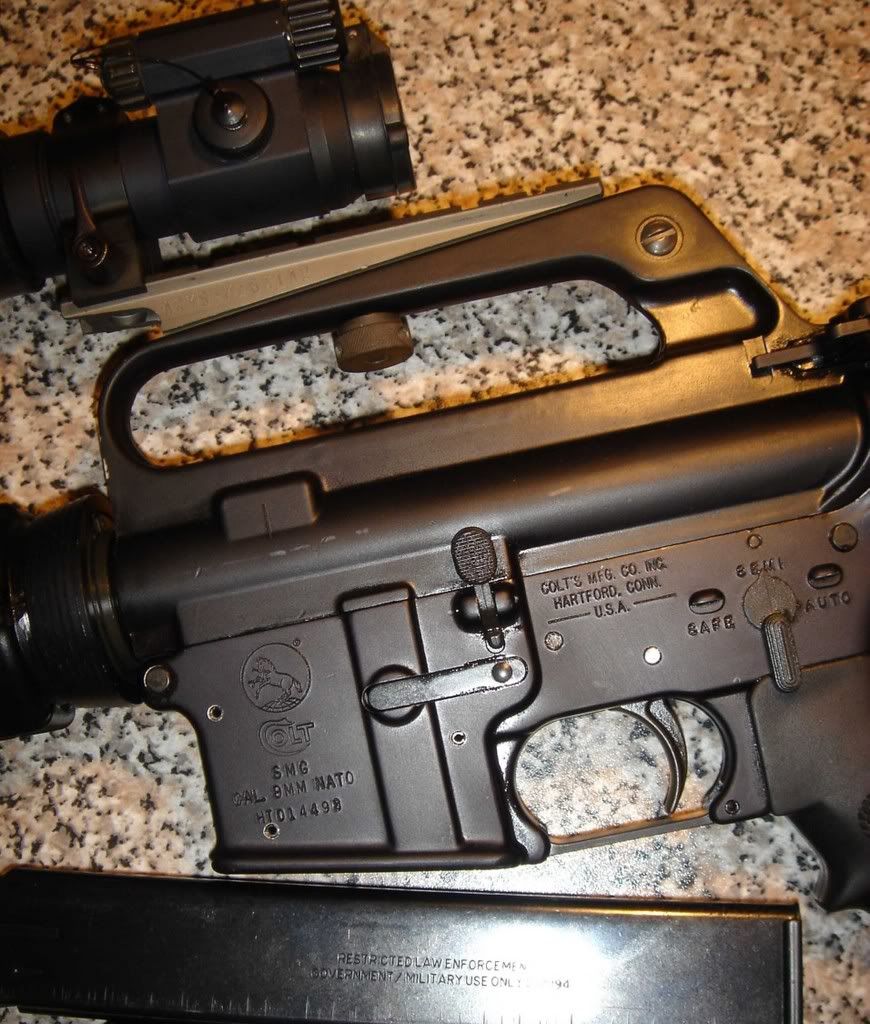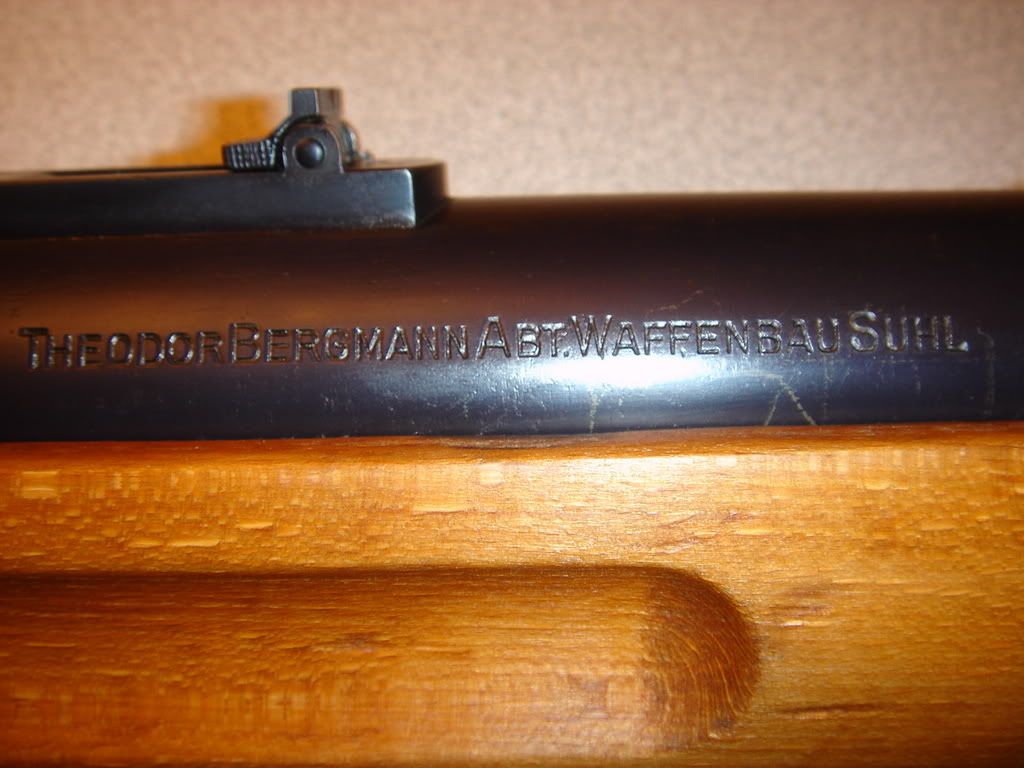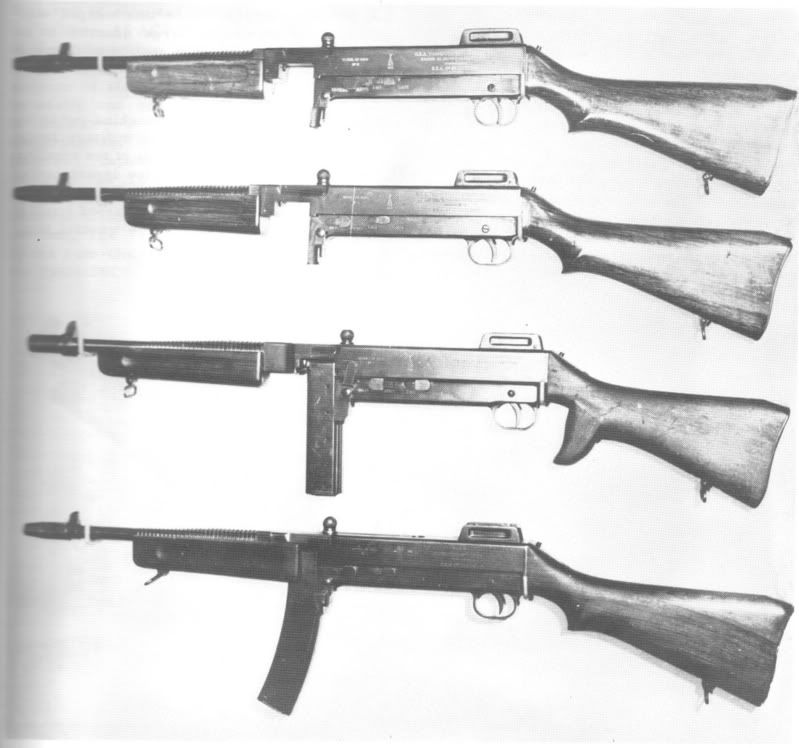M249
M249's are "crew-served" but in reality they aren't. In the Air Force, we used them with the 200 round box that mounted under the reciever, and the only "crew support" was the poor soul that had to lug his extra ammo boxes/spare barrel. They have been fired from the standing position, but that was in a training CQB situation (and quite cool, btw). Its a versatile weapon, thats for sure. It even has a magazine slot for m-16 mags (highly advised against, jam-o-matic). I just never really understood the reason for having a SAW and then making someone carry a spare barrel, and also have M240s (we did), as the m240 is a "heavier weapon" not in the sense of being weighty, but because it fired 7.62. They are quite heavy, btw (29 lb, unloaded I believe). In my experience, SAWs come into their own for quick suppression fire, and times when large volumes of continueous fire are needed, but mobility is paramount. Neithor of these situations really give time for barrel changes, etc.
M249's are "crew-served" but in reality they aren't. In the Air Force, we used them with the 200 round box that mounted under the reciever, and the only "crew support" was the poor soul that had to lug his extra ammo boxes/spare barrel. They have been fired from the standing position, but that was in a training CQB situation (and quite cool, btw). Its a versatile weapon, thats for sure. It even has a magazine slot for m-16 mags (highly advised against, jam-o-matic). I just never really understood the reason for having a SAW and then making someone carry a spare barrel, and also have M240s (we did), as the m240 is a "heavier weapon" not in the sense of being weighty, but because it fired 7.62. They are quite heavy, btw (29 lb, unloaded I believe). In my experience, SAWs come into their own for quick suppression fire, and times when large volumes of continueous fire are needed, but mobility is paramount. Neithor of these situations really give time for barrel changes, etc.





